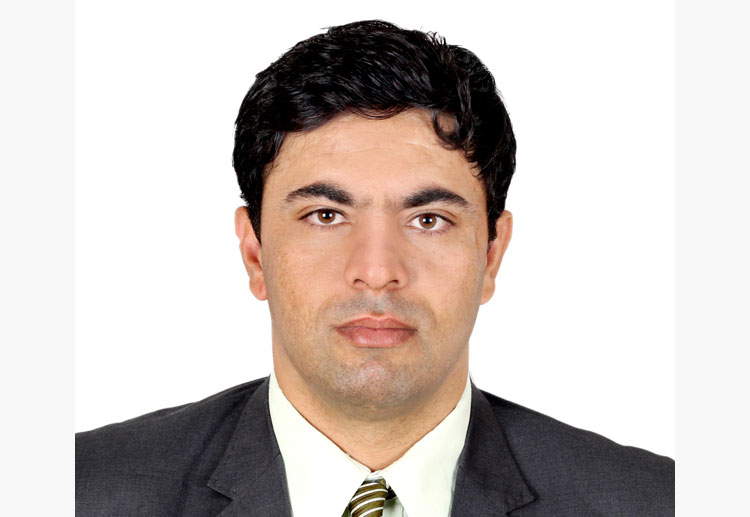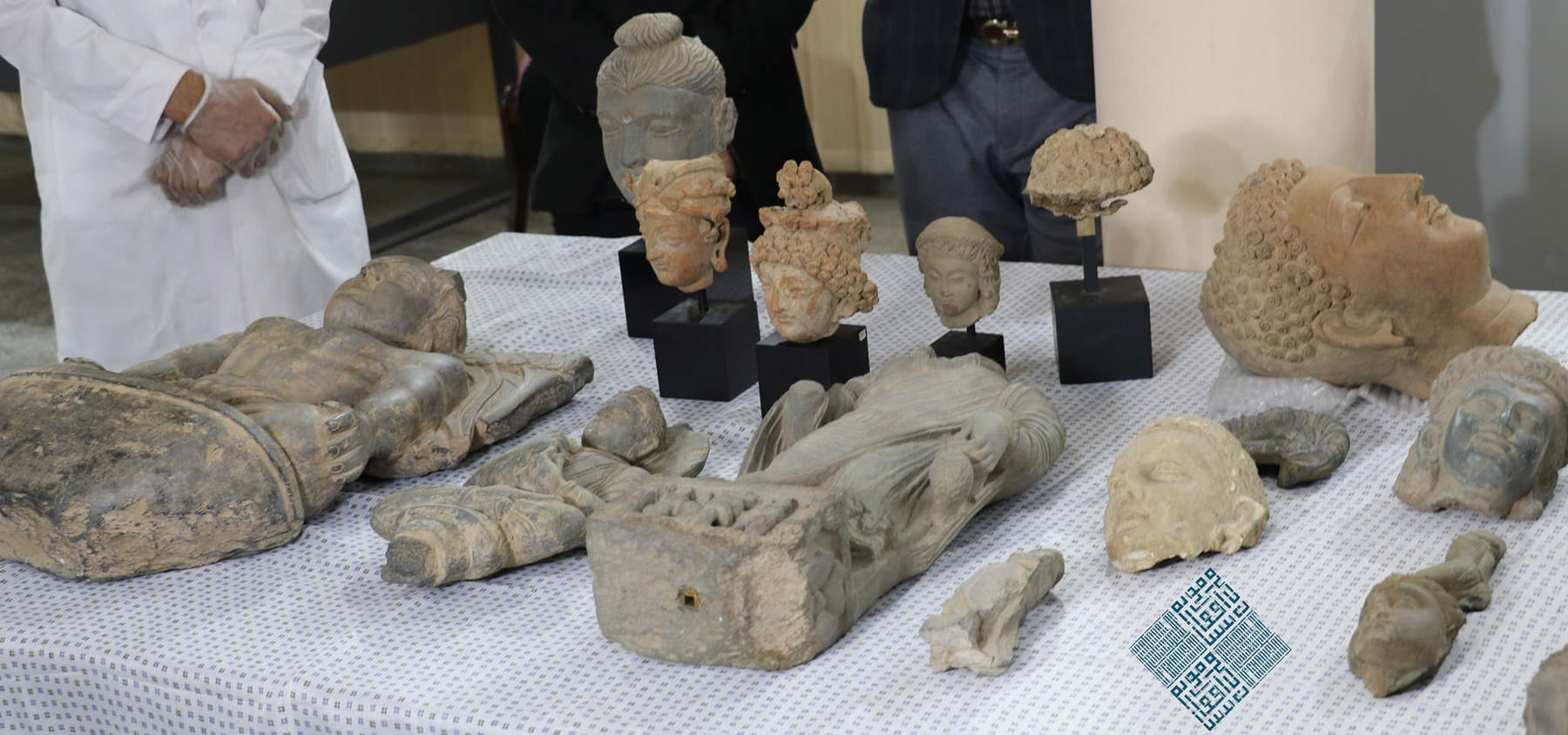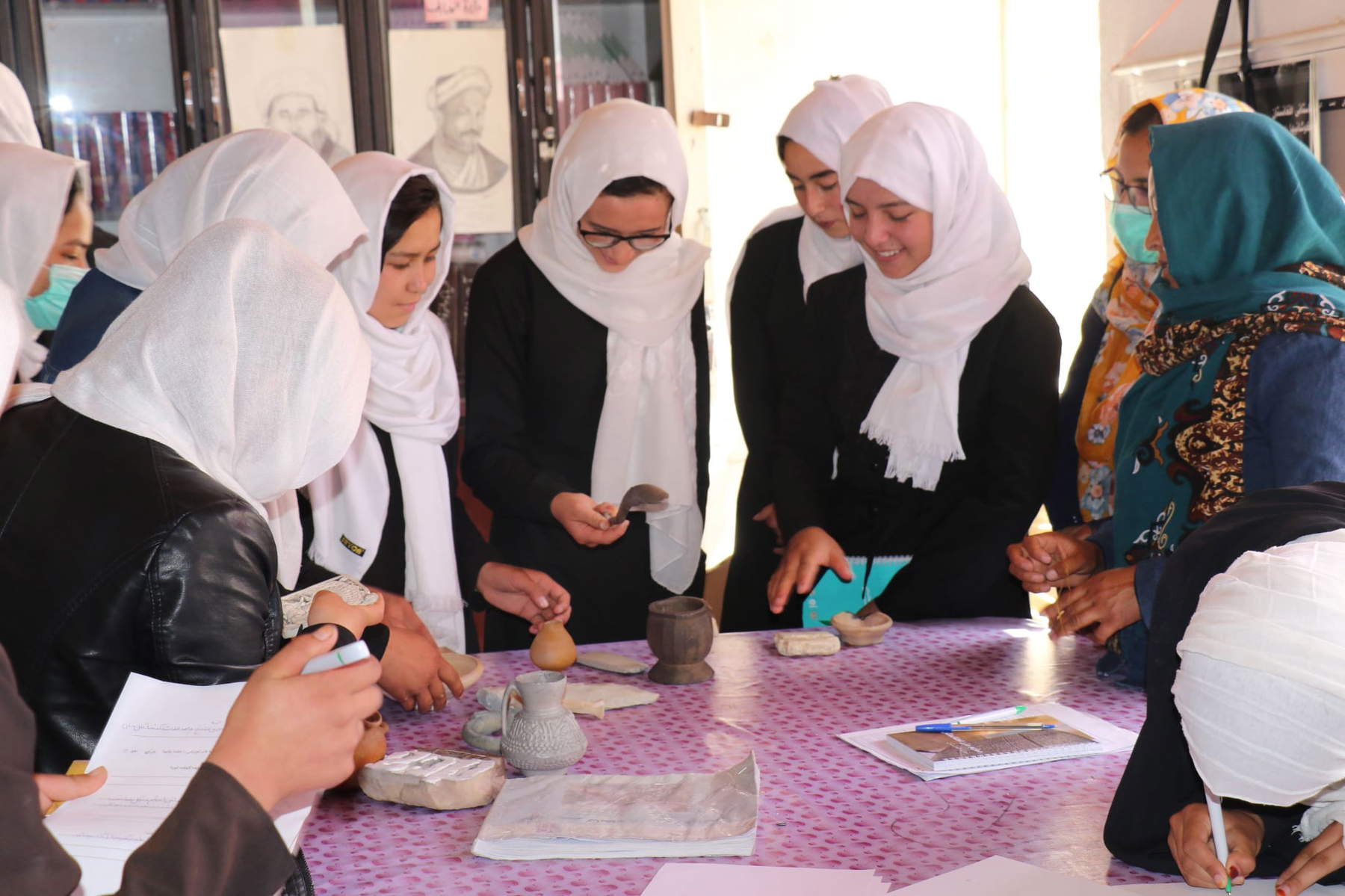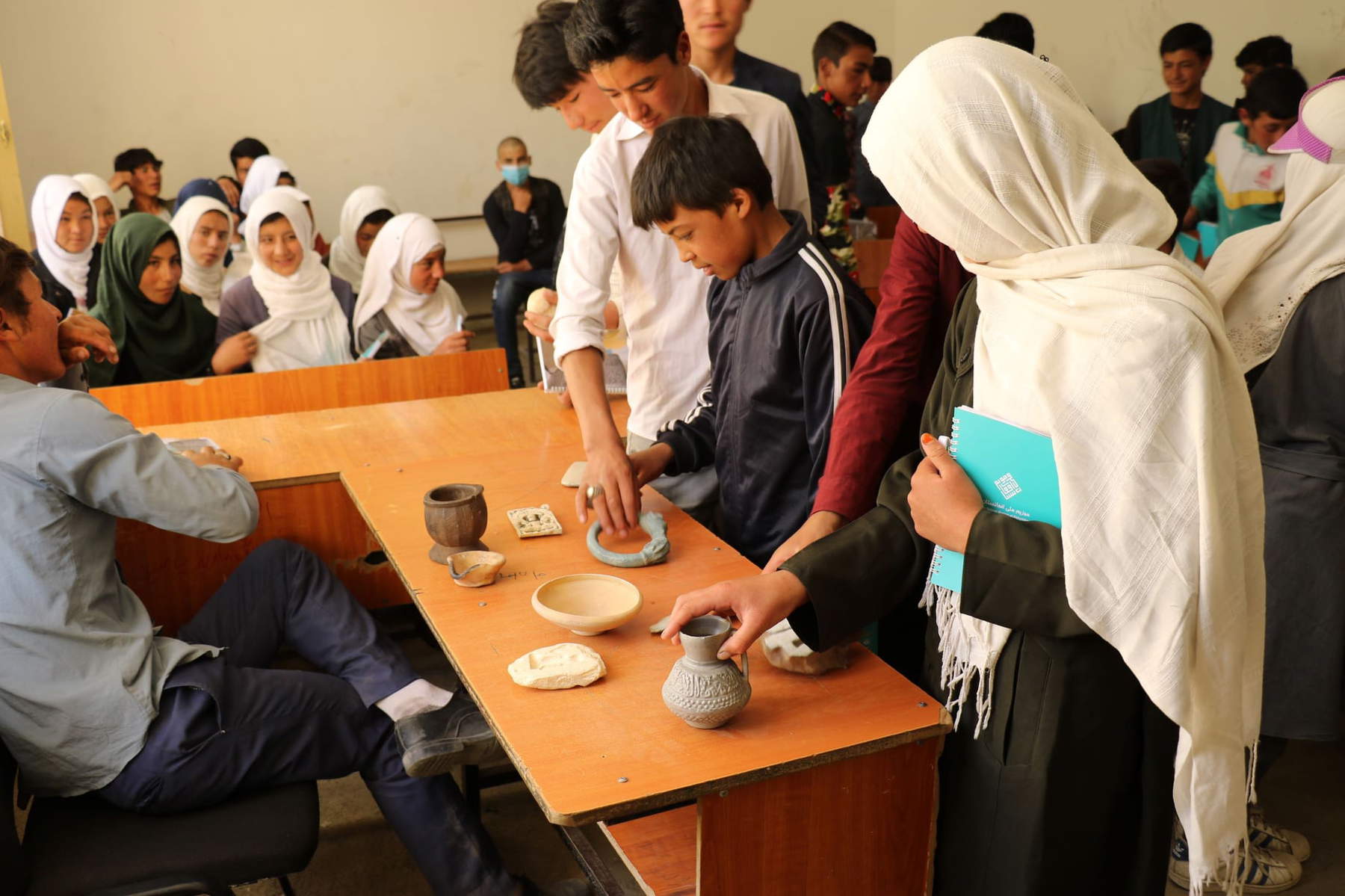Exclusive interview by Finestre Sull’Arte. Last August 15, after 20 years, Afghanistan returned under the control of the Taliban, who entered Kabul that very day. The world now fears that there could be a repeat of the scenes of destruction and looting that we witnessed in the past just as the Taliban was in charge of the country. What could happen in this situation? We caught up with Mohammad Fahim Rahimi, an anthropologist and cultural heritage conservation specialist trained in Kabul, Vienna, Rome, and Philadelphia, and the current director of the National Museum of Afghanistan, which he has led since 2016. We asked him for some quick thoughts on the situation at the moment and what may happen in the future. The interview is by Federico Giannini.
 |
| The National Museum ofAfghanistan |
 |
| Mohammad Fahim Rahimi |
FG. Dr. Rahimi, where are you right now?
MFR. I am in Kabul. I do not feel safe at the moment, but I am safe.
I am glad to learn that you are safe. What, on the other hand, is the situation of the museum and its workers?
The museum is also safe at the moment. My colleagues went to the museum again this morning and reported that everything is fine. The collections are safe, and so is the museum. There has been no looting and so far so good. The museum employees right now are in their homes, although many of them in the last week have not gone to work: only a few of them have gone to the museum whom I specifically asked to go to check on the situation.
Does the museum have female employees? How are they experiencing this?
Yes, about 25-30% of our museum’s workforce is female. Women of course are much more concerned than their male colleagues, partly because several remember and have experience of what the Taliban’s behavior was the last time they were in power. The female employees of the National Museum of Afghanistan are also still working, but I cannot say what their fate will be in the future.
As for the museum itself, however, are there any concerns? Are you concerned that the National Museum of Afghanistan is undergoing risks, or that it will face risks in the coming weeks or months?
These days the museum is also suffering the implications of the political vacuum and the security vacuum in the country and also in the capital, because the security forces have left their posts and also in the center of Kabul there have been many looters trying to take advantage of the opportunity to carry out looting in both public and private properties. However despite the critical situation, the collections of the National Museum of Afghanistan have not been touched. No looting was reported at the museum this past week. The risk of looting at the National Museum still exists, but you have to consider that, at the moment, the whole of Kabul is under the control of the Taliban, and some of them have been put in charge of the security of the museum: so there are still some looters who are trying to take advantage of the opportunity, but I think at least for the moment the risks to the museum collections are not very high. I think, at least for the moment, the chances of protecting the collections are very real. However, I can only say what can happen these days, because honestly it is very difficult to predict what will happen soon and how the situation will evolve in the future.
 |
| Director Rahimi in the halls of the museum during an official meeting. Photo: National Museum ofAfghanistan |
 |
| Visitors in the halls of the museum. Photo: National Museum ofAfghanistan |
 |
| Artifacts and objects fromAfghanistan and sold on the black market returned by the United States to the National Museum in Kabul inApril 2021. Photo: National Museum ofAfghanistan |
 |
| One of the workshops in the Museum’s educational program. Photo: National Museum ofAfghanistan |
 |
| One of the workshops of the Museum’s educational program. Photo: National Museum ofAfghanistan |
The Taliban have stated that they do not intend to devastate cultural property. But in your opinion, have today’s Taliban really changed or are they the same ones who destroyed the Buddhas of Bamiyan in 2001?
Yes, the Taliban in recent months have issued some communiqués in which they have stated that they will not destroy cultural heritage. However, they did not make any further specifications, for example about the type of cultural heritage. This is because in our country there are cultural evidences of different kinds and from different periods: in the past, as you mentioned, we had the experience of the Taliban destroying the Buddhas of Bamiyan. And the Taliban, in their recent communiqués, have not mentioned, for example, pre-Islamic art: they have only said that they will not destroy the heritage. This will probably be the case, but this is something they have not made clear in their statements. However, I think that after all the criticism they have received for their past actions on cultural heritage, they may have learned some lessons. So I believe that they will not consider subjecting cultural heritage to destruction. But again, I cannot predict anything. I think we will be able to have a clearer view on this in the future if the Taliban decides to elaborate on these points.
And in the rest of the country, what is happening to the other museums and monumental sites? Have you had a chance to get in touch with your colleagues working at other institutions?
I have been able to hear from some colleagues who work at some museums in other parts of the country, and they have told me that even at their institutes so far everything has been fine and there has been no looting. With others, however, I have not had a chance to get in touch, and I hope that things are going well in those museums as well.
In recent years you have launched several initiatives aimed at education, for example, you have started workshops and educational programs for schoolgirls in Kabul and also in the rest of the country. Do you think this will still be possible under the Taliban regime?
I don’t know, but I hope that the educational programs of the National Museum of Afghanistan, which have been organized all over the country, can continue, but not only that: I hope that in addition to school students, they can also be extended to local communities as a whole. My recommendation is just to have these programs continue, because it is only fair that each of the local communities in the country have access to education.
To conclude, what can the international community do to help you and culture in general in Afghanistan in this situation?
I think the most important thing that the international community can do at this very moment is to work, through diplomatic channels and other kinds of instruments or connections, with the Taliban to make sure that Afghanistan’s cultural heritage is not destroyed and is preserved, and that the personnel who have been working in the country’s cultural venues so far can continue to do so, peacefully and without fear. This is the first and most relevant point in the present situation. Next, what the entire cultural sector of Afghanistan is asking of the international community is to continue to support both financially and technically the cultural heritage of the country and the entire sector in general, so as to avert any risk that may result from the war or more generally from any disaster that may befall the heritage itself in this situation. It is necessary that we work now and in the future to protect our cultural heritage.
Warning: the translation into English of the original Italian article was created using automatic tools. We undertake to review all articles, but we do not guarantee the total absence of inaccuracies in the translation due to the program. You can find the original by clicking on the ITA button. If you find any mistake,please contact us.